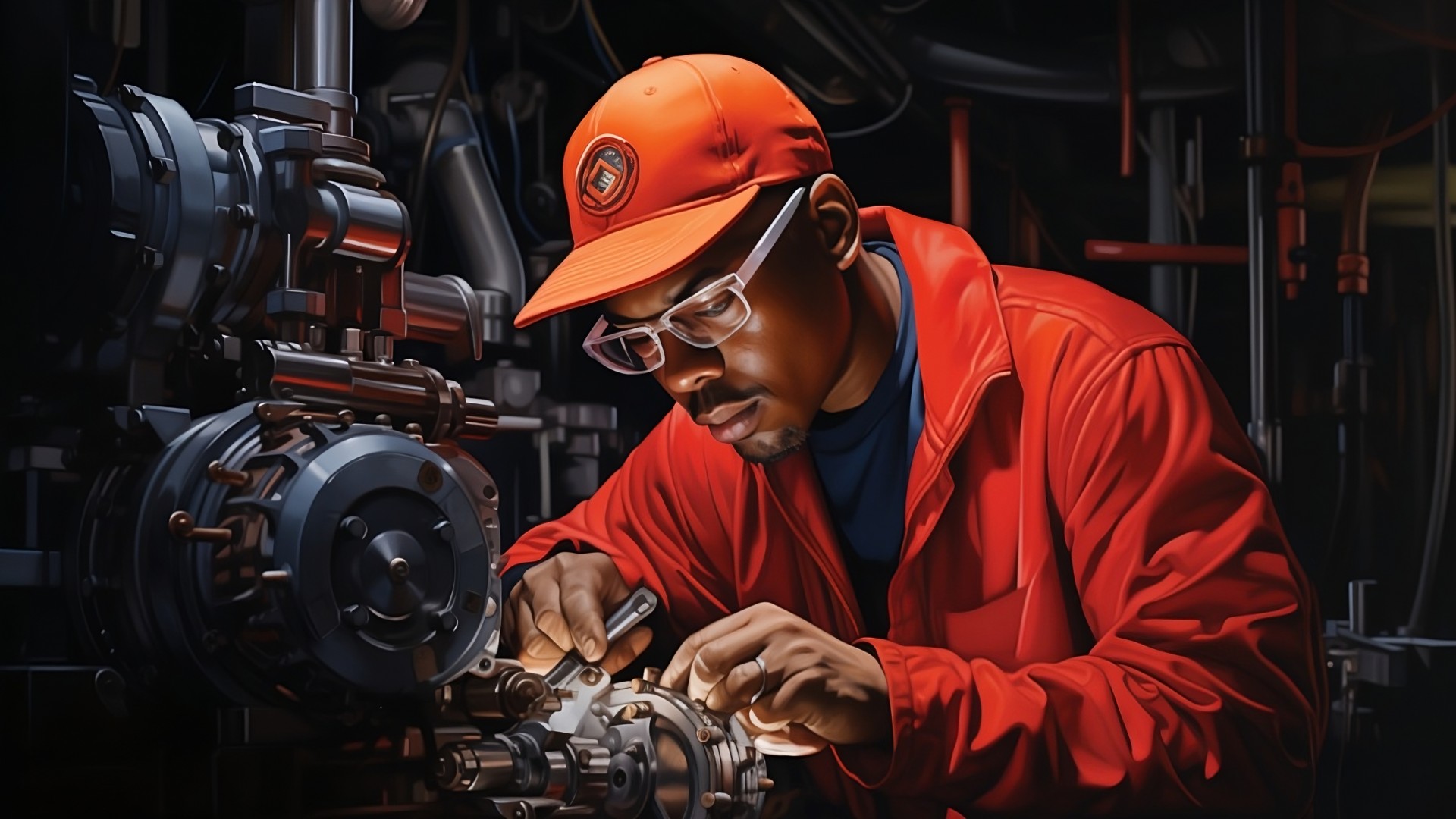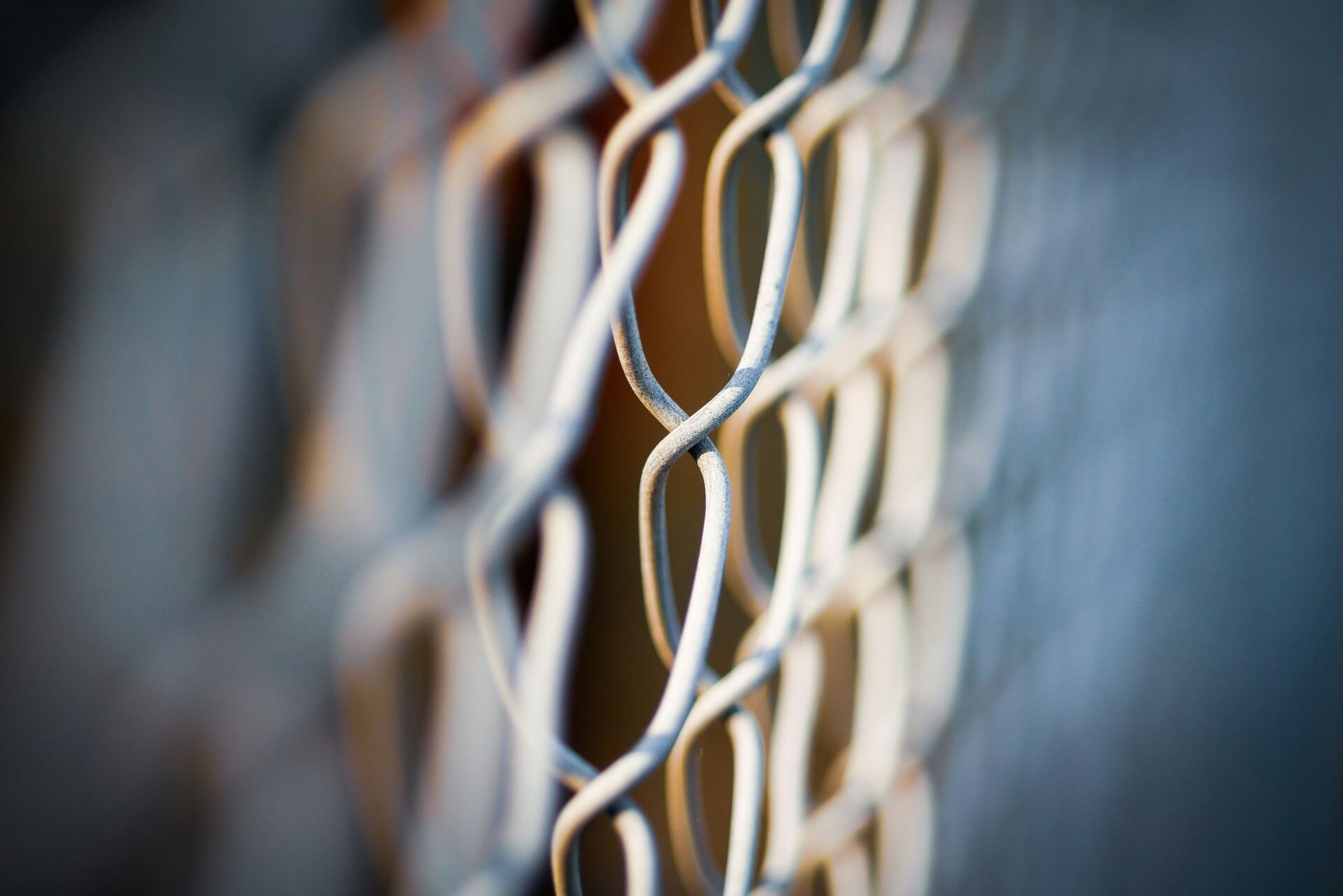



Revolutionized is reader-supported. When you buy through links on our site, we may earn an affiliate commision. Learn more here.
Ductility is a defining mechanical property that allows metals to deform plastically without fracturing. In engineering design and advanced materials science, this capability isn’t merely beneficial — it’s essential.
Ductile metals provide resistance to catastrophic failure, improve formability during manufacturing and enable damage tolerance across extreme applications. While strength often takes the spotlight in alloy development, ductility is the unsung superpower that ensures longevity and performance under stress.
For those in metallurgy, materials engineering and high-performance design, ductility is not simply a given — it is engineered through complex control over composition, processing and microstructure.
The physical basis of ductility lies in dislocation behavior, deformation mechanisms and the interaction of grains, twins and stacking faults within a material’s crystal structure. For instance, controlling grain size influences both strength and ductility through the Hall-Petch relationship. Ultrafine grains increase yield strength, but excessive refinement can limit dislocation accumulation, thus suppressing strain hardening and ductile elongation.
Optimizing the distribution of grain sizes — by combining ultrafine and coarse grains — creates microstructural gradients that promote strength and formability. These heterostructures allow coarse grains to deform plastically while ultrafine grains resist deformation, generating back-stress hardening and improving uniform elongation.
Stacking fault energy (SFE) plays are also critical. During plastic deformation, low SFE materials facilitate the nucleation of nanotwins and microbands, enhancing strain hardening and delaying failure. These features increase strain hardening and delay necking, extending ductility even in high-strength alloys. The activation of such mechanisms is evident in face-centered cubic (FCC) alloys with tailored SFE values, where dislocation-twin interactions dominate deformation pathways.
High-entropy alloys (HEAs), composed of multiple principal elements in near-equiatomic proportions, offer a disruptive approach to materials design. Unlike conventional alloys with one base metal, HEAs exhibit severe lattice distortions and complex chemical environments that alter dislocation motion and plastic flow.
A well-documented example is the CrMnFeCoNi alloy, known for its exceptional fracture toughness, strength, and ductility at cryogenic and room temperatures. This performance arises from multiple active mechanisms — planar slip, deformation twinning and dislocation entanglement. These mechanisms create a high work-hardening rate, which improves ductility even at high strength levels.
Additive manufacturing (AM) has opened new avenues for engineering microstructures in HEAs. Laser-based AM processes produce nanoscale lamellar structures with alternating FCC and body-centered cubic (BCC) phases. These phases respond differently to stress, combining ductility from the FCC layers and strength from the BCC layers. The resulting architecture supports deformation compatibility while resisting crack propagation.
Alloying is a primary method of tailoring metals’ strength and ductility. By introducing specific elements into a base metal, engineers can influence grain size, phase stability, precipitation behavior and dislocation mobility — each of which contributes to how a material performs under load.
A classic example of this balance is found in carbon steel, one of the most widely used materials in structural applications. With carbon content reaching up to 2-2.5%, the steel gains substantial hardness and tensile strength. However, this also reduces ductility and makes the material more susceptible to brittle failure. Excess carbon impedes dislocation motion, limiting the material’s capacity for plastic deformation. This illustrates a fundamental alloy design challenge: enhancing strength without sacrificing the metal’s ability to deform safely under stress.
In contrast, aluminum-scandium alloys achieve ductility improvements by refining grain size. The addition of small amounts of scandium leads to the formation of Al₃Sc precipitates, which inhibit grain growth and help maintain ductile behavior even at elevated service temperatures. This makes them ideal for aerospace and lightweight structural components requiring both formability and thermal stability.
A more advanced strategy involves oxide dispersion-strengthened (ODS) alloys, where ultrafine ceramic particles such as yttrium or titanium oxide are uniformly dispersed within a metallic matrix. These nano-oxides act as stable pinning points for dislocations, increasing strength while promoting uniform deformation through refined grain structures.
ODS alloys based on iron-chromium-aluminum systems have demonstrated high strength and elongation, making them strong candidates for nuclear fuel cladding, turbine components and high-temperature energy systems.
When processed through powder metallurgy or spark plasma sintering, ODS alloys can be engineered with bimodal grain structures, further improving the strength-ductility synergy. Coarse grains accommodate plastic strain, while ultrafine grains contribute to high yield strength, offering a microstructural architecture that supports toughness and resilience in demanding environments.
Ductility can be further enhanced by processing techniques that operate at cryogenic temperatures or induce metastable states in metallic systems. For example, cryogenic deformation of titanium results in nanotwinned structures that significantly improve both strength and elongation. The low temperature suppresses recovery processes, allowing the buildup of high-density defects that enhance strain hardening.
Bulk metallic glasses, though traditionally brittle under tension, have recently shown promise for ductility through novel thermal-mechanical processing. Techniques such as excited liquid cooling introduce mechanical agitation during quenching, creating a higher fictive temperature and delaying the onset of shear localization. The resulting amorphous materials show increased bending ductility and improved damage tolerance.
Advances in computational materials science have enabled predictive modeling of strength and ductility trade-offs. These models incorporate parameters such as interface strength, dislocation mobility, grain boundary sliding and phase transformations. Researchers now map composition-structure-property relationships that guide alloy design by integrating first-principles simulations, phase-field methods and machine learning.
Many alloy systems and design techniques now achieve high ductility alongside elevated strength. Materials with heterostructured grain distributions — those combining ultrafine and coarse grains — use deformation gradients to enhance back-stress and strain hardening. Alloys with low stacking fault energy introduce twin structures and microbands that delay plastic instability.
With their complex local order, HEAs disrupt dislocation motion and support ductile deformation pathways. By blending four or more main elements in almost equal amounts, HEAs create high configurational entropy, which helps stabilize solid phases and encourages the formation of complex microstructures. This stabilization promotes the formation of a wide array of defects and disorder types, many of which enhance strain hardening and inhibit crack propagation.
Additive manufacturing has enabled precisely layered architectures combining ductile and strong phases, while advanced processing techniques such as severe plastic deformation further refine grain structures and unlock superior mechanical behavior. Alloying with rare elements like scandium and oxide dispersion strategies further contribute to ductility by stabilizing favorable microstructures.
Cryogenic processing introduces nanoscale twins and impedes defect recovery, while excited cooling of bulk metallic glasses creates amorphous materials with significantly enhanced ductile behavior. Lastly, computational alloy design now plays a central role in predicting and optimizing ductility across extreme conditions.
In advanced materials science, ductility is a design lever. By manipulating microstructure, chemistry and thermomechanical pathways, scientists continue to redefine what metals can endure. Combining empirical insight and computational precision has dismantled the once-accepted strength-ductility trade-off.
Applications from hypersonics to biomedical implants now demand materials that stretch, absorb energy and resist fracture without sacrificing performance. Through emerging strategies like high-entropy alloying, additive manufacturing, cryogenic processing and intelligent microstructural design, ductility has evolved into a controllable and scalable superpower that unlocks the next generation of structural and functional metals.
Revolutionized is reader-supported. When you buy through links on our site, we may earn an affiliate commision. Learn more here.


This site uses Akismet to reduce spam. Learn how your comment data is processed.